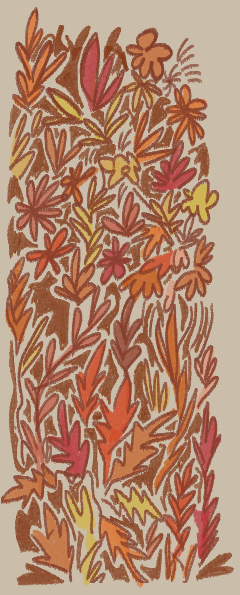In most cases, illustrators either get scouted and get very lucky or they slowly move from their drawings being a mere side hustle to the main job.
Illustrator Kotryna Zyle, a self-publishing book illustrator, has shared that the moment she truly felt like a successful book illustrator was when she earned money not only from the royalties but also started getting paid to come to meetings, present seminars, organise fairs and festivals and be a moderator there.
“So when you are able to survive in the area of your choice then it only feels that people know who you are and that you are actually succeeding, when people know your name not only from the area of other artists that do similar things but also the people of the age group you’re writing for.” (translated from Lithuanian)
If you’re a book illustrator that isn’t interested in self-publishing it’s important to look at how other people adapted their work trend changes and have a portfolio ready. It’s also important to send it to the people or publishing houses that specialise in the topics that interest you.
Others like artists like Marion Deuchars and Brett Ryder found their success in accepting changes in the practice of illustration by adapting a digital element to their artwork.
Artists like Adam Herbert utilise their work in a design area, making them appear not only on paper but also on clothing.
During the second year's exhibition at the university, the shop group printed students' work on postcards, tote bags, t-shirts etc. which proves that the range of how illustrations can be presented and sold is very broad even if you’re interested in specifically book illustration. Before getting “big” it’s important to not feel too precious and expand to where your work can be seen.

